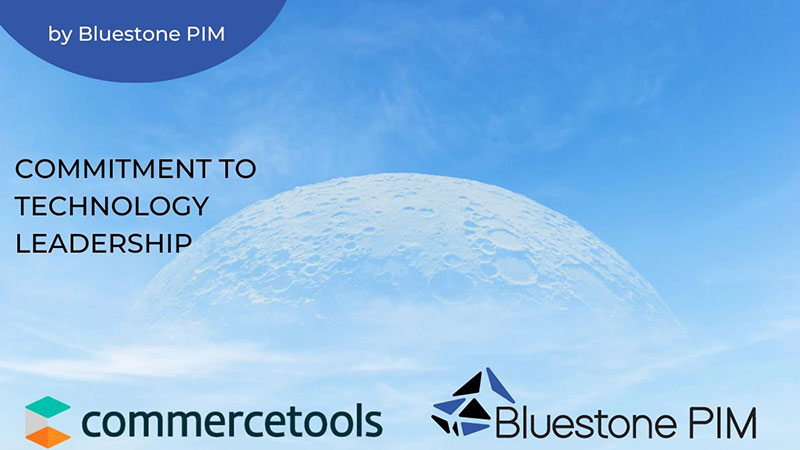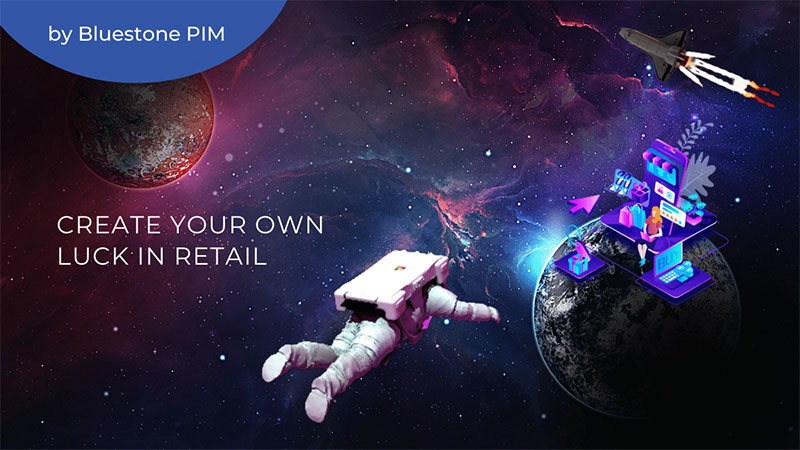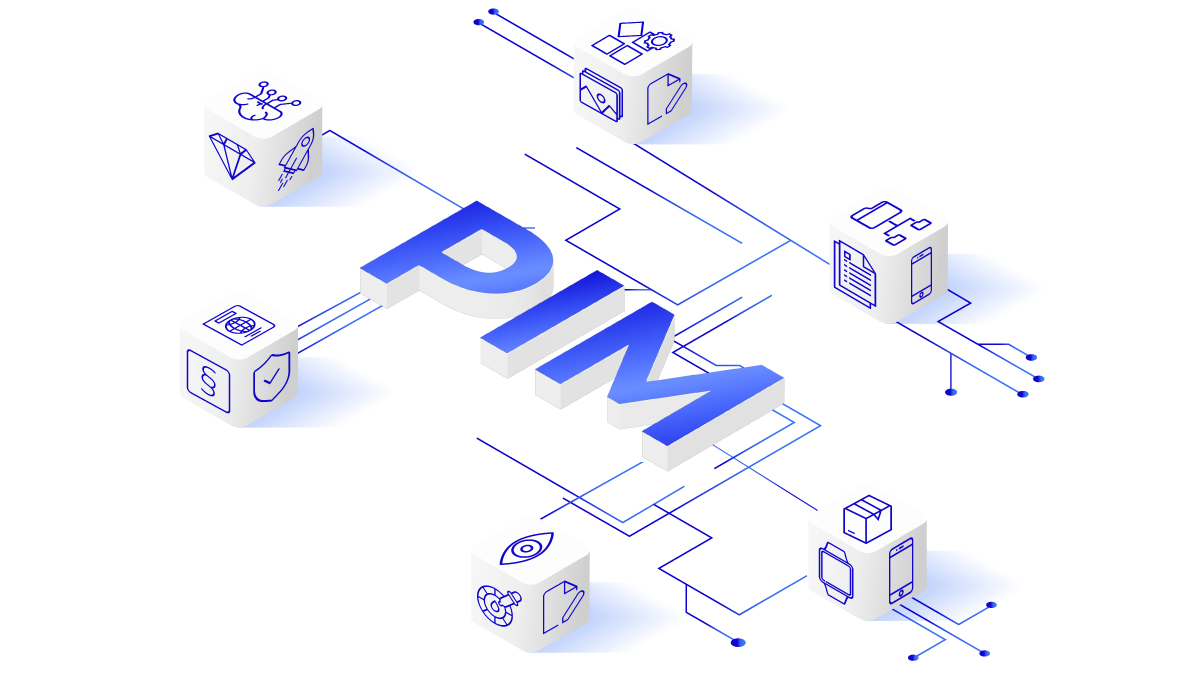PIM and CMS: What They Can Do for Rich Product Content
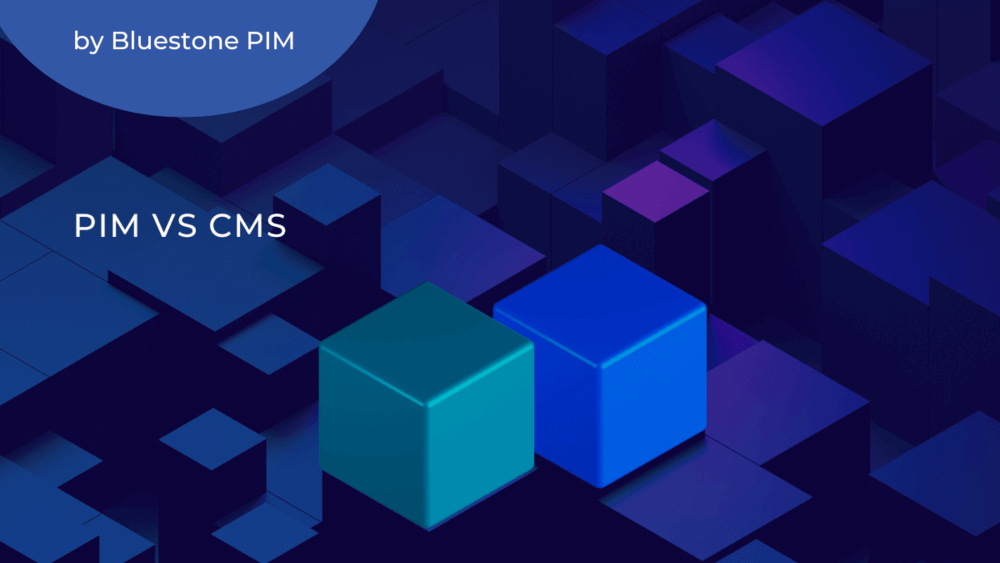
In our previous articles, we've dived into the nuances separating Product Information Management (PIM) from analogous solutions like Enterprise Resource Planning and Master Data Management.
Now, we turn our attention to another critical player in digital commerce that often gets compared with PIM: the Content Management System (CMS).
In this article, we focus on highlighting the differences between PIM and CMS and their unique roles in creating and managing rich product content for eCommerce.
What Is a Content Management System?
A Content Management System (CMS) is a software application designed for building websites that enables the creation, management, and publication of various content such as text, images, videos, and multimedia elements.
In the early days of the internet, it was not easy to create a website. Every element, from content layout to functionality, had to be coded manually from scratch. Not only was this time-consuming, but it also required technical expertise, making it a complicated task even for those with programming knowledge and a major hurdle for those without it.
When CMSs came along, they were a real game changer. CMSs simplified the complicated development of websites by providing user-friendly interfaces and ready-made templates that allowed anyone with little or no programming knowledge to create a website and manage its content.
This means that if you want to publish a web page, you don't have to write dozens of lines of code like this:
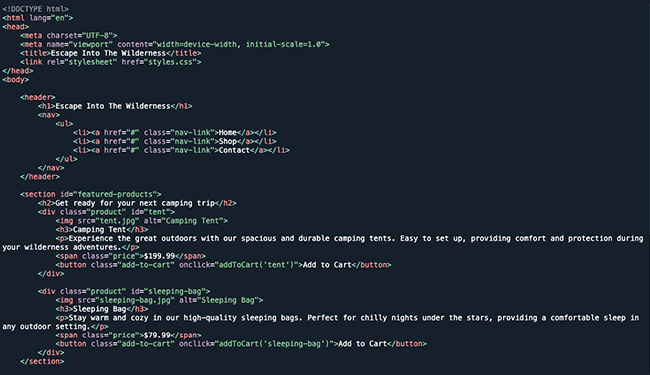
Instead, you can use a no-code CMS with a visual editor and drag-and-drop functionality to create it effortlessly, like this:
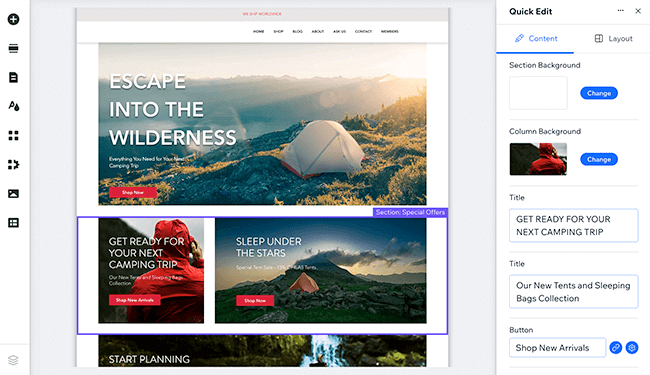
Today, CMSs are used by businesses of all sizes and industries around the world to create an online presence, publish product catalogs, engage customers, and facilitate product sales.
What Is Product Information Management?
Product Information Management (PIM) is the process of managing product information with the aim of ensuring data quality, accuracy, and consistency across all channels used for marketing and sales.
Most PIM tasks, such as data entry, can be done manually in a simple Excel file, but it is much more efficient and less tedious to do this with software designed exclusively for PIM.
With a PIM solution, companies can:
-
Centralize product information in a database accessible to all stakeholders
-
Enrich products with different types of important product information
-
Automate data entry, cleansing and mapping
-
Standardize the format of all data entries
-
Implement robust data governance protocols
-
Facilitate collaboration in the creation, enrichment and review of product content
-
Easily create, manage and update product catalogs
-
Synchronize product information across different platforms
-
Customize product content to be compliant with channel guidelines
-
Accelerate the launch of new products in new markets
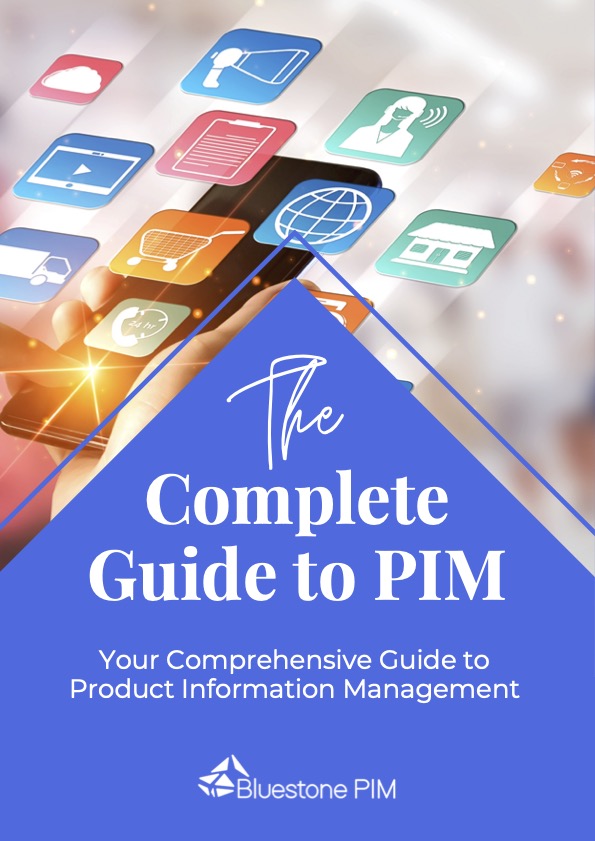
DOWNLOAD FREE E-BOOK
The Complete Guide to PIM
Master the foundation of Product Information Management to achieve commerce success with our free, extensive guide.
What PIM or CMS Cannot Do
PIM and CMS were developed for different purposes.
A CMS cannot:
-
Systematically store and organize product information. At best, a CMS can store basic product information, but it can struggle to manage extensive product details such as specifications, attributes, and hierarchies that are very important and useful to customers.
-
Enrich products comprehensively to create rich product content. CMSs do a great job of displaying content, but their ability to enrich products in detail and on a large scale is limited, as they are simply not designed for this task. This shortcoming becomes apparent when you have a product feed with numerous products, each requiring a wealth of specifications or attributes.
-
Automatically syndicate product information to other channels or systems as data is added or changed. The absence of this automatic syndication feature means that updates or additions to product data may not be propagated seamlessly across multiple channels, resulting in inconsistent and outdated information across platforms that has to be manually refreshed.
Conversely, a PIM is not able to:
-
Publish product content. PIM relies on CMS for the actual publication of product content on websites.
-
Build customer-facing websites or design web pages for product presentation. PIM is not able to handle the visual and structural aspects of website design; its focus is on managing the underlying product data and routing it to other channels where it is published.
-
Facilitate the direct sale of products. If the end goal of the website is to sell the products, the CMS can facilitate the sale. PIM is unable to handle any part of the transaction process.
Create Rich Product Content with PIM and CMS Together
Rich product content is the driving force behind online sales, and PIM and CMS can work together to create and present it to customers.
Raw product information is often bland and meaningless, especially when it comes directly from suppliers and manufacturer databases. If you present it to customers as is, there's a good chance you'll lose their attention.
But what if you could turn that boring product information into content that not only educates your target audience but also makes it enticing enough for them to imagine what it would be like to use the item? Imagine turning technical specifications and mundane details into a detailed and engaging story about the product and the benefits to the customer's life.
The process is very simple:
-
PIM enriches product information into rich product content. PIM adds relevant details such as specifications, features, unique selling points, and other subtleties that provide a holistic understanding of the product. In this way, PIM ensures that each product profile isn't just a collection of facts but a complete story that resonates with the needs and preferences of the target audience.
-
CMS compiles and presents the content. The CMS takes the enriched product information and combines it with other non-product-related marketing elements such as banner ads and call-to-actions on a website. This can be an eCommerce storefront or a product detail page. With its web design and content presentation capabilities, the CMS ensures that the web page isn't only rich in information but also visually appealing and user-friendly for visitors to browse and shop.
In short, PIM and CMS work together synergistically to make the most of product information and transform it into content that helps sell your products.
Enrich Your Product Information and Catalog with Bluestone PIM
To offer rich product content to online shoppers, a CMS needs a complete catalog with enriched product information. To do this, you first need a robust PIM system, like Bluestone PIM, that provides the foundation for clean, organized product data.
Based on the MACH architecture (microservices, API-first, cloud-native, and headless), Bluestone PIM goes beyond the traditional monolithic architecture to create an enterprise PIM solution that aligns with the principles of composable commerce and omnichannel strategies.
With us, you can leverage the benefits of the MACH architecture to:
-
Scale the software in response to varying workloads and business needs
-
Integrate best-of-breed tools and technologies to improve functionality and replace them with more suitable alternatives without disrupting the entire system
-
Connect with other business tools via APIs for a cohesive digital ecosystem
-
Ensure increased data security and 24/7 accessibility with a cloud-based infrastructure
-
Enable flexible presentation and interaction on various digital touchpoints without being limited to a specific front-end technology
- Create a future-proof technology stack that is both agile and responsive
Bluestone PIM extends its capabilities through pre-built API integrations in our App Marketplace with leading CMS systems such as Contentstack, Contentful, Sitecore, and Optimizely. We also enable connections with popular eCommerce platforms such as commercetools and BigCommerce.
Moreover, our commitment to customized solutions doesn't end there. If your preferred CMS or eCommerce platform is not on our integration list, we and our System Integration partners are able to develop and deliver the API connector you need. Our flexible and customizable approach ensures that your experience with Bluestone PIM is perfectly aligned with your unique business needs.
Ready to transform your product content? Get in touch with our PIM advisors today to schedule a free consultation or schedule a personalized demo meeting and discover the possibilities of Bluestone PIM.


